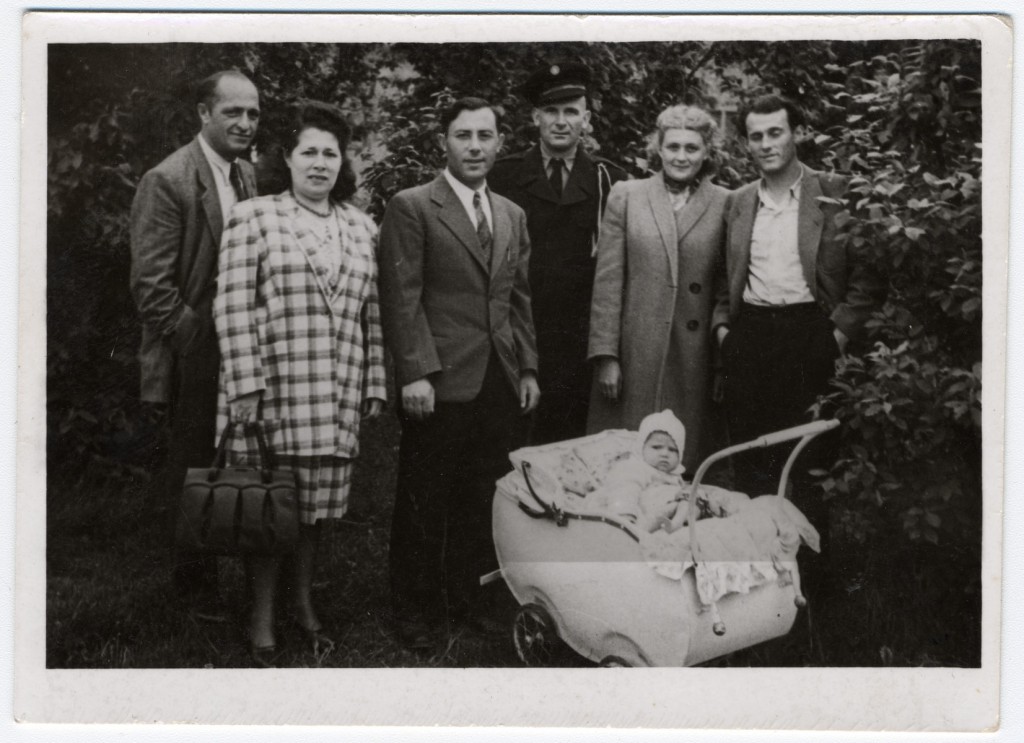
Leipheim Displaced Persons Camp
For the Jews who survived the Holocaust, the end of World War II brought new challenges. Many could not or would not return to their former homelands, and options for legal immigration were limited. In spite of these difficulties, these Jewish survivors sought to rebuild their shattered lives by creating flourishing communities in displaced persons camps in Germany, Austria, and Italy. In an unparalleled six-year period between 1945 and 1951, European Jewish life was reborn in camps such as Leipheim.

Leipheim was a displaced persons (DP) camp in the Munich district, in the American-occupied zone. The camp opened in December 1945 on the site of a former airfield.
The camp kept a Talmud Torah (religious elementary school), a mikvah (Jewish ritual bath), and a yeshiva (religious academy). Camp residents circulated the newspaper A Heim (A Home), and they even built a swimming pool.
In May 1946, the Jewish population in the camp reached 3,150, but it had decreased to 1,850 by October 1948. By June 1950, Leipheim had closed.
Critical Thinking Questions
- What challenges did survivors face in the DP camps?
- What challenges did the Allies face in establishing and supervising DP camps?
- What responsibilities do (or should) other nations have regarding refugees from war and genocide?

